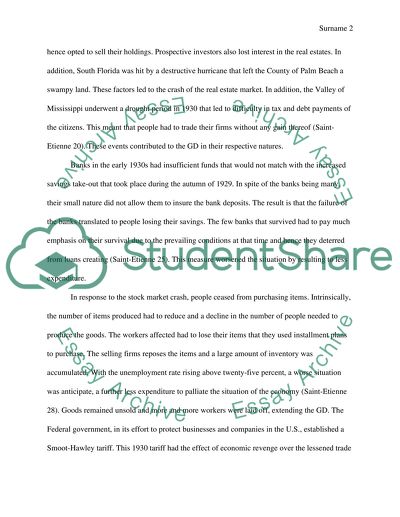Cite this document
(“The Great Depression between 1929 to 1933 Essay”, n.d.)
The Great Depression between 1929 to 1933 Essay. Retrieved from https://studentshare.org/history/1651299-discussion-the-great-depression-between-1929-to-1933
The Great Depression between 1929 to 1933 Essay. Retrieved from https://studentshare.org/history/1651299-discussion-the-great-depression-between-1929-to-1933
(The Great Depression Between 1929 to 1933 Essay)
The Great Depression Between 1929 to 1933 Essay. https://studentshare.org/history/1651299-discussion-the-great-depression-between-1929-to-1933.
The Great Depression Between 1929 to 1933 Essay. https://studentshare.org/history/1651299-discussion-the-great-depression-between-1929-to-1933.
“The Great Depression Between 1929 to 1933 Essay”, n.d. https://studentshare.org/history/1651299-discussion-the-great-depression-between-1929-to-1933.


